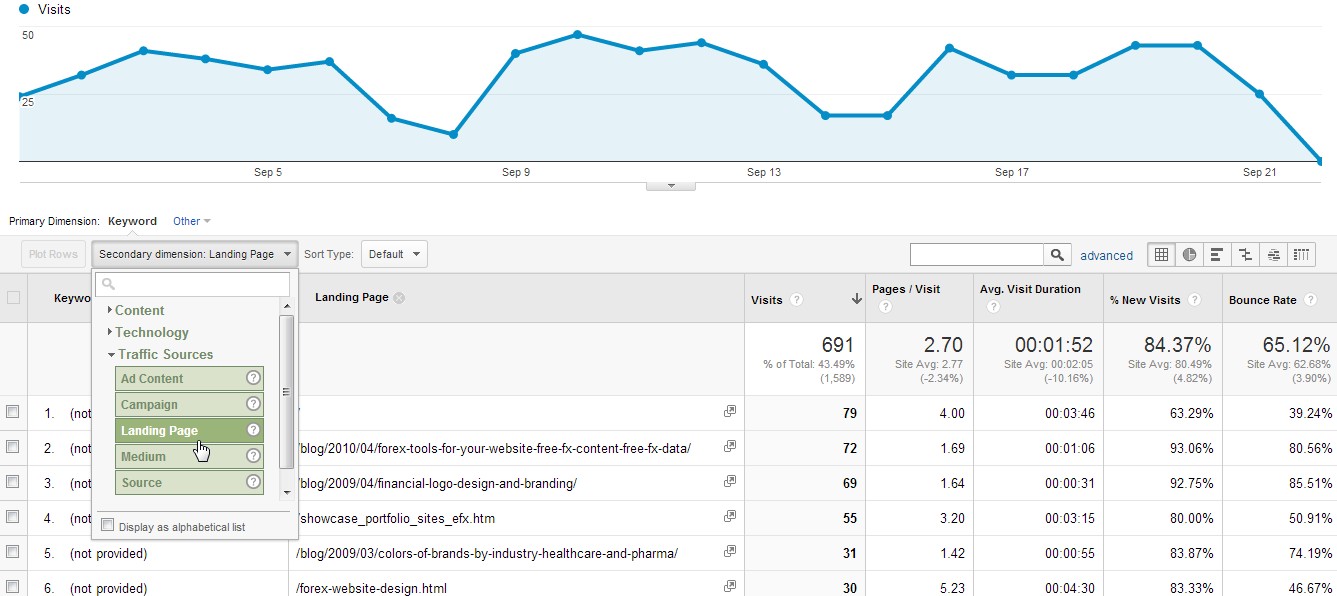New rise of “not provided” is causing a lot of headaches for many marketers and website owners. This article describes a simple and effective method of how to dissect Analytics data and get to the bottom of the “not provided”information.
Initial data for those not familiar with the “not provided” in Google Analytics issue.
Google stopped allowing website owners to view all data on keywords used to reach the website due to privacy issues. Ironically, this is not the case with paid advertising data… Website owners seeing more and more of “not provided”in their keyword reports. Issue is becoming more and more important with steady rise of percentage of “not provided” to provided.
There are a lot of articles describing advanced strategies in Google Analytics on filter creation, custom reporting and segmentation allowing to drill down into not provided data. From our own experience we found that there is a simpler way to manage the change that Google imposed on all of us.
Lets start by looking into the data that is “provided” about “not provided

After this selection, we must warn, result data will be as good as your website. What this means is that you must make website specific enough to be able to understand the results of this report. This method may not work for all instances where each page can’t be defined individually. However, in real life optimization process, correct naming of pages will resolve a critical issue of not knowing what keyword users are “LIKELY” used.
This concept is at the core of what we are suggesting here.
The likelihood of the search term depends in large on you knowing the page you are looking at in this report. For example, if we are seeing that 25 visits came on page which we know is called “forex website-design” and targeted keyword combo on your page is forex website design””, we can be 95% sure that the keyword combination used is in fact “forex website design”.
In other words, better you prepare your own website, better you organize your URLs and page names, easier it will be to understand what pages are mostly visited and thus what keywords are “likely”being used. Name the pages specific to your search terms and you will be able to understand hidden layer of this data without resorting to arm twisting and paid advertising.
Benefit of this method is that it can be easily applied to past data, doesn’t take long time to generate. With good website organization, many will be able to get enough information to draw their own conclusions on what they are likely being found on.
A similar solution, which will populate your report with the page URL information in place of “non provided” keywords is described by KissMetrics in this article.